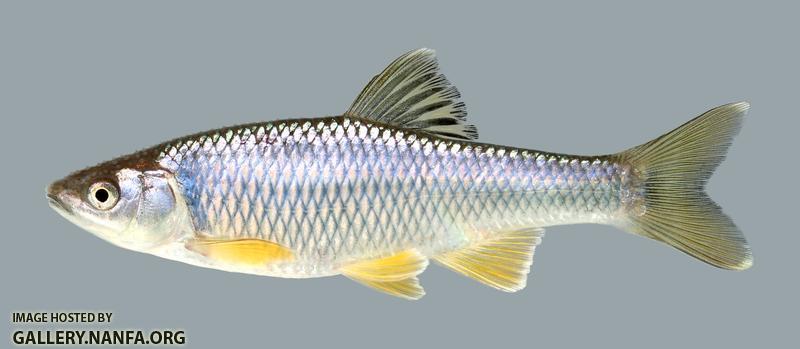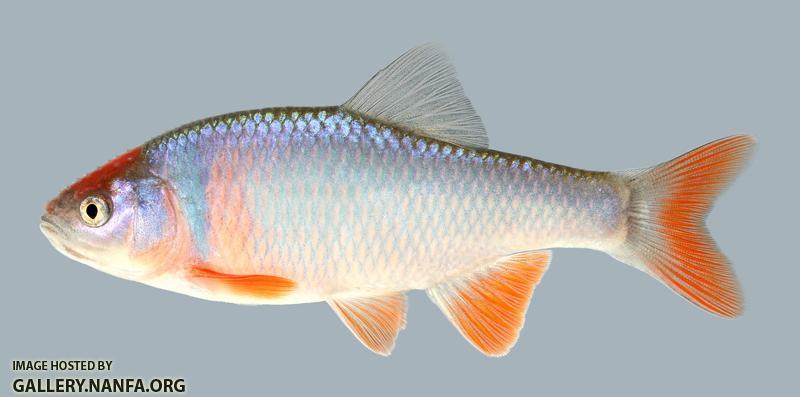Scott, Blake and I managed to get out over the weekend and photographed quite a few fish.
We found C. spiloptera and C. Lutrensis together. This particular location is usually has a C. lutrensis population that vastly outnumbers C. spiloptera (rarely see any spiloptera) but this day we found many and a few odd fish which I suspect might be hybrids.
I honestly don't see what I think might be hybrids often and wonder if in this case I'm being a bit sensitive and simply seeing atypical variation.
All below photos taken on the same day from the same river.


 1 645.JPG 42.33KB
2 downloads
1 645.JPG 42.33KB
2 downloads 1 805.JPG 39.22KB
1 downloads
1 805.JPG 39.22KB
1 downloads







